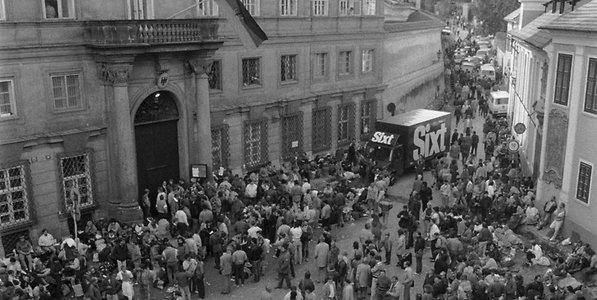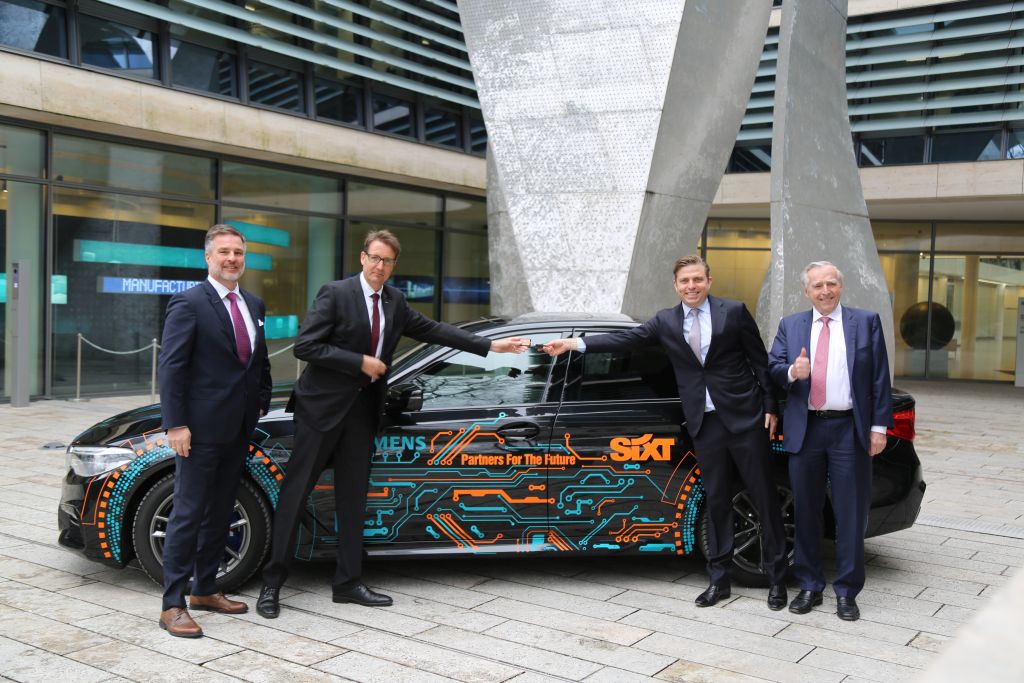HISTORY OF SIXT CR
Sixt started operations in the Czech Republic in December 1998, represented by Speed Rent a.s., Sixt Franchisee. The first offices were opened at Prague's Ruzyně Airport and in the center of Prague. Since the beginning of its activity, Sixt ČR has been one of the few car rental companies to offer online connections between all European and world Sixt stations.
The interest of clients is growing, which is why other branches are gradually being opened:
- Karlovy Vary, Brno airport and Brno city
- in Slovakia: Bratislava-hotel Holiday Inn, Bratislava airport
- České Budějovice
- Prague - Barrandov Studios, Prague 4 Daimler-Chrysler building, Hilton hotel
The fleet of the Sixt car rental company initially included around a hundred vehicles from the Ford, Volkswagen, Škoda brands and, above all, as the only car rental company in the Czech Republic, the Mercedes-Benz brand. It offers off-road vehicles, convertibles and limousines. Over time, the rental of motorcycles, boats, motor boats, jet skis and motor homes has increased. VW Polo, Golf, Passat and Audi cars are also on the rise. All cars are regularly changed to meet customer needs to the maximum.
As part of the Sixt program, Sixt offers free SixtExpress cards, which make it easier and faster to rent at any branch in the world.
For the maximum comfort of corporate customers, Sixt cooperates with the Four Seasons and Hilton hotels and provides a prestigious service called limousine serivce = vehicles with a driver. Although this service accounts for only 5% of the company's sales, Sixtu's business card is accurate: above all, quality and service!
Sixt CR makes sure that it continues to develop and maintain the highest quality services, as evidenced by the receipt of several prestigious awards.
- FLOTILA AWARD: Nejlepší autopůjčovna - partner správce autoparku
- FLOTILA AWARD: Nejlepší produkt - operativní leasing
Sixt has been in the Czech Republic for over 20 years and is a market leader in providing services to corporate fleets. In particular, car rental services are a necessary complement to the widely evolving strategy of companies switching to operating leasing services. Sixt CR operates approximately 4,000 vehicles under operating leases. Sixt's goal is to offer customers more than just cars. We know more about our customers than others and it is a pleasure for us to fulfill their wishes.
We will take care of you - your Sixt!
If you are more interested in details of the history of Sixt CR, visit this link: Detailed history of Sixt.





.jpg)


